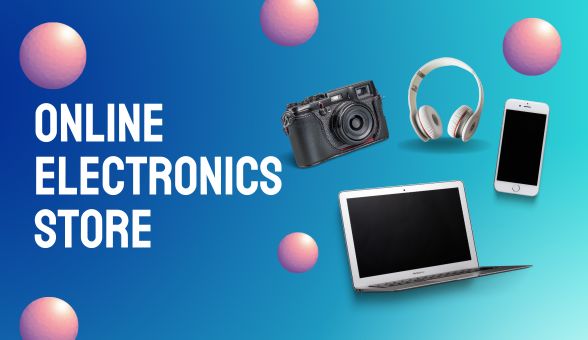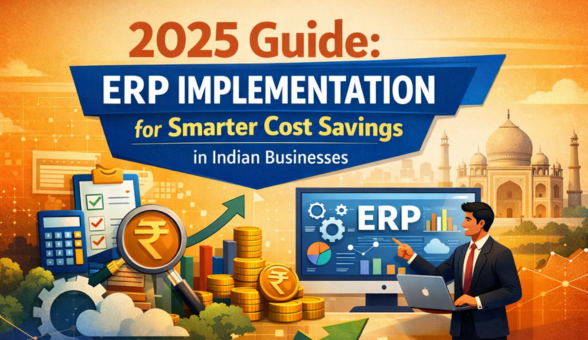Building Your Online Electronics Store: Key Steps for Success
Today, everyone is looking for the newest and best electronics, and the online market for these gadgets is expected to grow beyond $1 trillion by 2025.
This growing trend is a great chance for anyone looking to start their own online store. Whether you love technology or are just getting started in business, now is the perfect time to open an online electronics shop.
This guide will show you the main steps to get started and succeed in this exciting and fast-moving market.
Ready to start your journey into the world of online electronics sales?
1. Overview of the Growing Demand for Electronics
2. Conducting Market Analysis and Niche Selection
3. Steps to Establish Your Website
- Building Your Website
- Include significant pages
- Effective Product Listing Strategies
- Integration of Payment Gateways
- Order Fulfillment and Management
- Establishing Efficient Shipping Practices
- Strategies for Advertising and Promotion
4. Diverse Product Range for Your Store
1. Overview of the Growing Demand for Electronics
The demand for electronic gadgets like smartphones, laptops, smart home devices, and wearables is increasing rapidly. Every year, more people want these high-tech items because they’re becoming more useful and easier to get.
For example, The electronics market in India is expected to get a lot bigger, growing at a rate of about 24.4% each year. Back in 2012, it was worth around $69.6 billion, but now it’s expected to reach a whopping $400 billion.
This means more and more people in India are looking to buy electronic stuff. Big companies are noticing this and investing a lot of money to be a part of it.
This is because of new technologies like the Internet of Things (IoT), which connects everyday devices to the internet, and smarter artificial intelligence (AI) that makes gadgets more helpful.
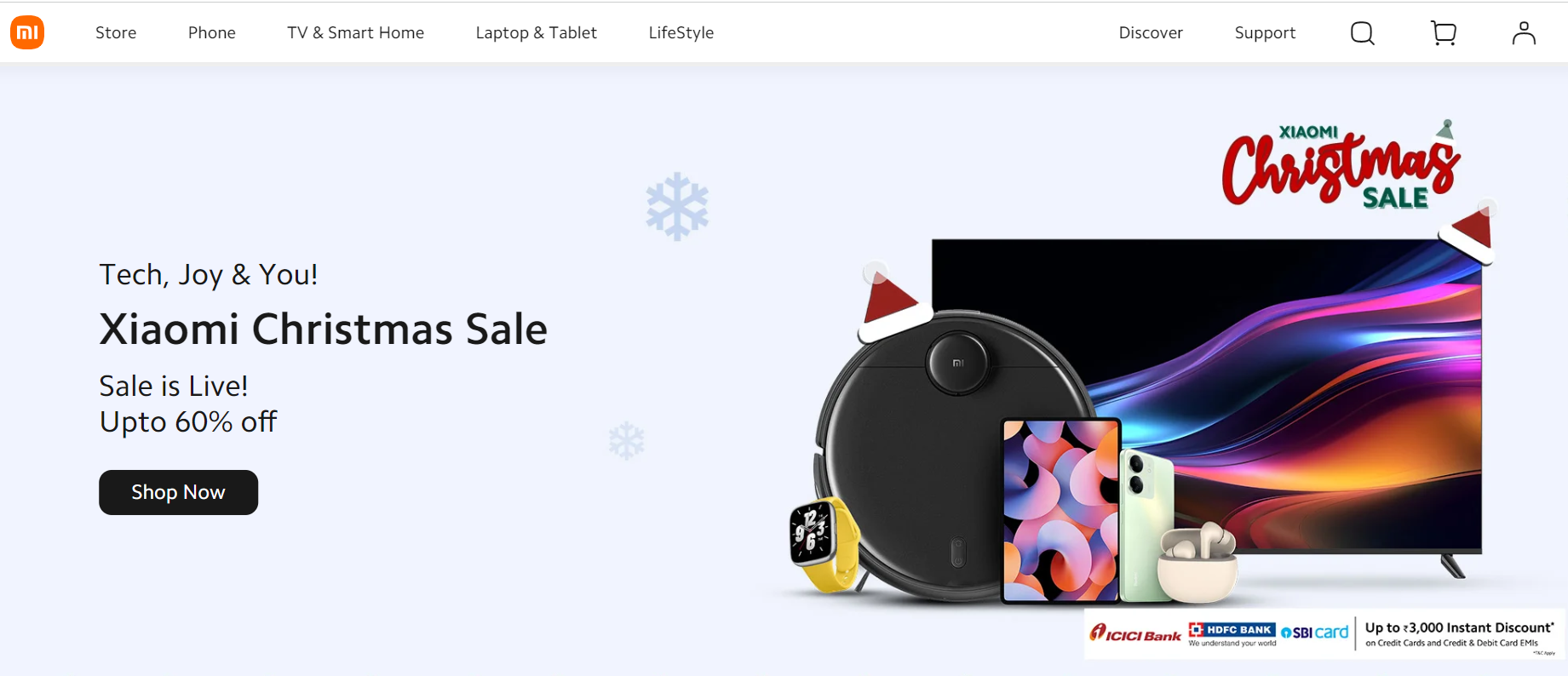
Take the company Xiaomi as an example. They’ve become very popular quickly by offering a wide range of smart devices that are affordable.
This shows there’s a big opportunity for new online stores to succeed by offering the right tech products.
If you’re thinking about starting an online store for electronics, it’s really important to understand what customers want and the latest trends in technology. This way, you can offer products that people are excited to buy.
2. Conducting Market Analysis and Niche Selection
Before diving into the vast ocean of electronics, conducting a thorough market analysis is essential to understand the landscape and select a niche that aligns with your interests and the market’s needs.
What should you do? Begin by examining other electronics brands and stores. Observe their business models, product range, partnerships, pricing strategies, and marketing approaches.
This insight will help you understand the market dynamics and identify potential gaps or opportunities.
Why is this important? By understanding your competitors, you can position your store to offer unique value, differentiate from others, and better cater to your target audience.
Whether you’re drawn to gaming gadgets, eco-friendly tech, or high-end computing solutions, a clear understanding of the market will enable you to compete effectively and resonate with your desired customer base.
Identifying your niche is more than just finding a gap in the market; it’s about aligning your passion with consumer needs.
This approach not only helps you stand out from the competition but also allows you to focus your marketing efforts and cultivate a loyal customer base.
3. Steps to Establish Your Website
a) Building Your Website
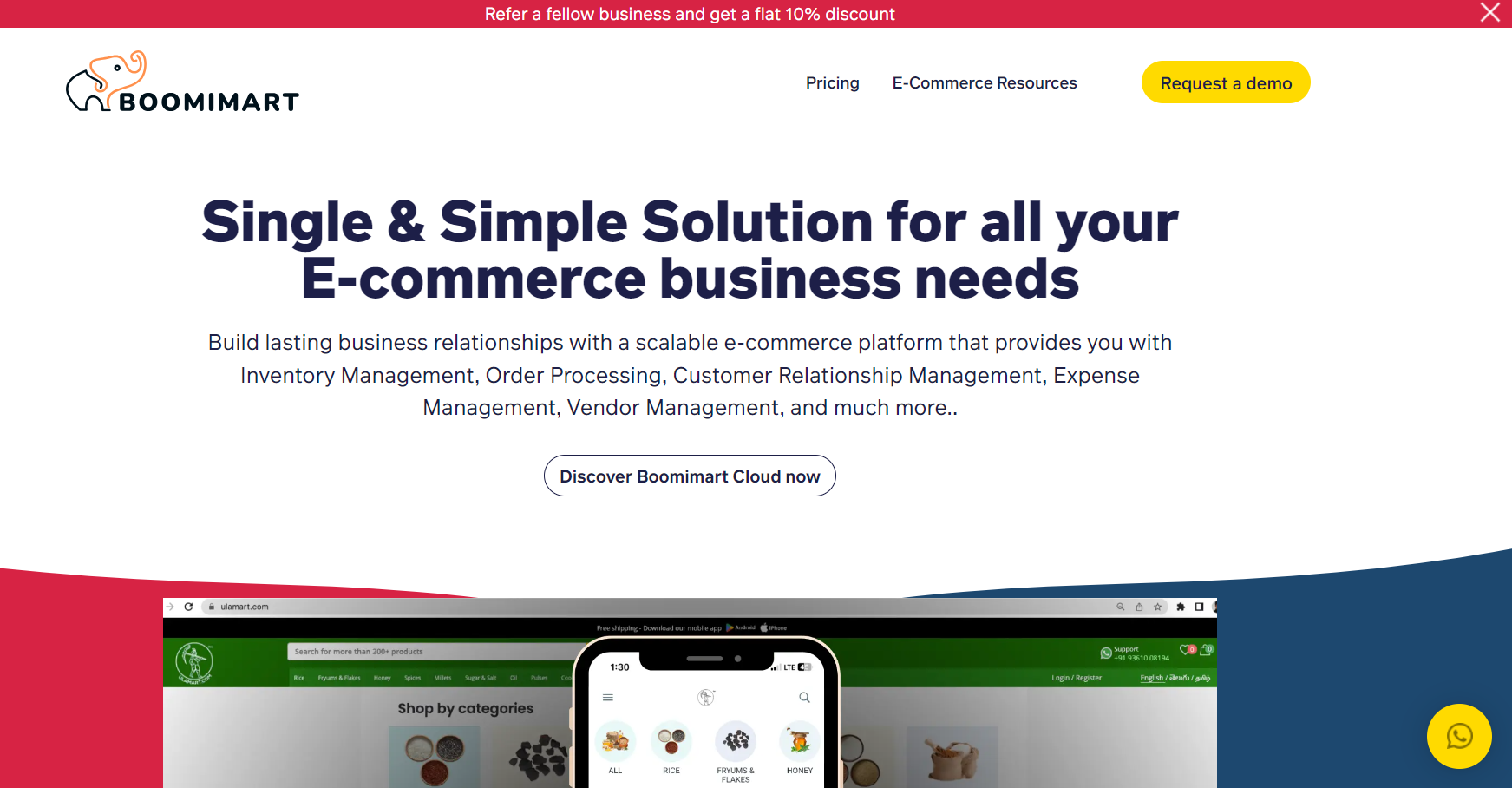
Your website is the cornerstone of your online business. Platforms like Boomimart, Shopify, and WooCommerce offer user-friendly solutions to create a professional and engaging online store.
Consider the design and user experience of your site carefully; it should reflect the cutting-edge nature of your products while being easy to navigate and responsive across all devices.
Launch Your Store
b) Include significant pages.
- About page: Introduce your brand, values, and more.
- Contact page: Provide how shoppers can reach out for assistance.
- Privacy Policy: Outlines how your company collects, handles, and processes customer and visitor data. You can find a sample online.
- Shipping Information: Details your shipping process, and delivery times based on location.
- Return Policy: Explains product return terms, refund duration, return request procedures, etc.
- Hygiene Standards: Inform shoppers about your hygiene practices during manufacturing, packaging, and delivery.
- Warranty Registration: For electronics, where consumers often seek or extend warranties.

By exploring Croma’s online platform, you can gain insights into how a successful electronics retailer structures and presents these crucial pages.
This example can serve as inspiration for your own website, helping you create a trustworthy and customer-friendly online store.
c) Effective Product Listing Strategies
Your product listings are crucial as they’re where customers decide what to buy. Each product should have its own separate page where you can showcase high-quality images, detailed specifications, and compelling descriptions.
This dedicated space allows customers to focus on each item’s details and helps prevent any confusion that might arise from cluttered information.
Successful stores like Flipkart are great examples to follow; they provide comprehensive and informative listings on individual pages for each product, making it easier for customers to understand and make informed decisions.
Flipkart’s electronics section typically includes detailed product descriptions, specifications, user reviews, price comparisons, and warranty information.
They also often feature Q&A sections where potential buyers can ask questions and receive answers from the community or the seller directly.
This level of detail and interactivity helps ensure that customers have all the information they need to make confident purchases.
By giving each of your products its own space, you’re not only organizing your site better but also enhancing the shopping experience for your customers.
We have narrowed down how an e-commerce product page should look. If you’re interested, please read our article on optimizing product pages.
d) Integration of Payment Gateways
Offering a variety of payment options is crucial in today’s diverse market. Integrate trusted payment gateways like PayPal, and Stripe, and local favorites such as Razorpay, Paytm, CCavenue, Billdesk, and Payu.
These platforms are known for their security and user-friendly interfaces, catering to the preferences of a wide customer base.
Additionally, consider including UPI (Unified Payments Interface) for its convenience and widespread adoption. Ensure your checkout process is secure and streamlined to minimize cart abandonment and enhance customer trust.
e) Order Fulfillment and Management
Efficient order fulfillment and management are vital to keep your customers happy and your operations smooth.
Consider using an inventory management system to track your stock levels and automate order processing.
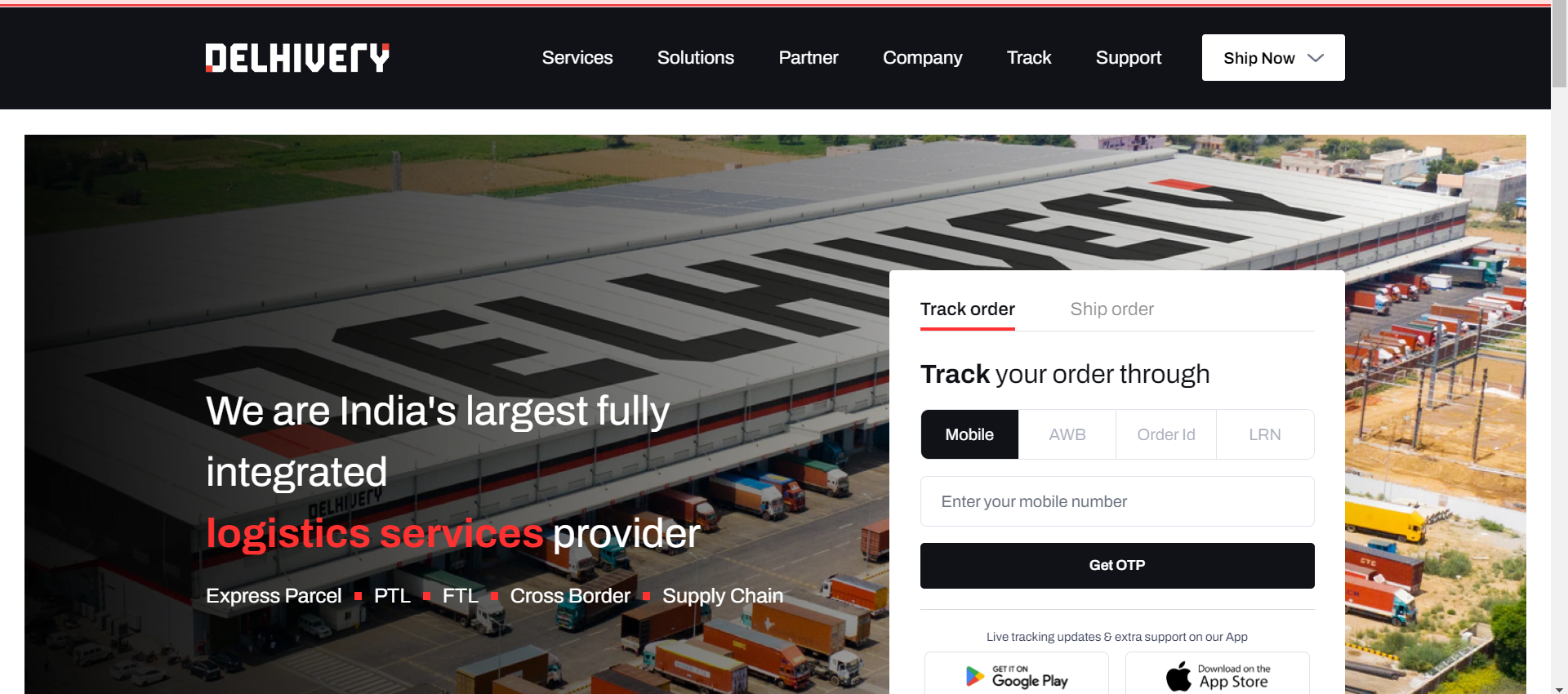
For example, many successful online stores in India use services like Delhivery or Blue Dart, each offering its own set of unique and comprehensive logistics solutions.
Delhivery is known for its extensive pin code coverage and tech-driven logistics, providing real-time tracking and predictive analytics for efficient delivery management.
On the other hand, Blue Dart is renowned for its express air and integrated transportation and distribution services, offering a dedicated ‘Dart Apex’ service for time-sensitive shipments.
Both provide warehousing, packaging, and shipping, but their specialized services cater to different needs and scale of operations.
Partnering with reliable fulfillment services like these can help you manage the logistics of packing and shipping your products efficiently, ensuring that your customers receive their orders promptly and in good condition.
f) Establishing Efficient Shipping Practices
Your shipping practices can significantly impact customer satisfaction. Studies show that nearly 60% of online shoppers consider shipping speed and costs as key factors when making a purchase.
Offer various shipping options to cater to different needs and budgets, ensuring you meet these critical customer expectations.
Be transparent about shipping times and costs, and provide tracking information to keep your customers informed. Stores like Reliance Digital are well-known for their packaging, shipping efficiency, and transparency.
They only use eco-friendly materials for packaging, so consider these as benchmarks for your service.
By aligning your shipping practices with industry leaders, you can enhance customer trust and satisfaction, encouraging repeat business.
g) Strategies for Advertising and Promotion
A robust marketing strategy is essential to attract and retain customers. Utilize a mix of SEO, content marketing, social media, and email campaigns to reach your target audience.
Platforms like Instagram are particularly effective for visual products like electronics; in fact, over 80% of users discover new products on Instagram. Make the most of this by showcasing your products through engaging posts and stories, and consider partnering with tech influencers to broaden your reach.
Additionally, participating in online tech communities and forums can also boost your visibility and credibility.
Running promotions and discounts, especially when advertised on social media, can encourage first-time purchases and build customer loyalty.
By integrating these strategies, you can create a comprehensive approach to effectively market your online electronics store.
4. Diverse Product Range for Your Store
Selecting the right mix of products is crucial to attracting and retaining customers. Consider these five popular electronic categories:
Smartphones and Accessories:
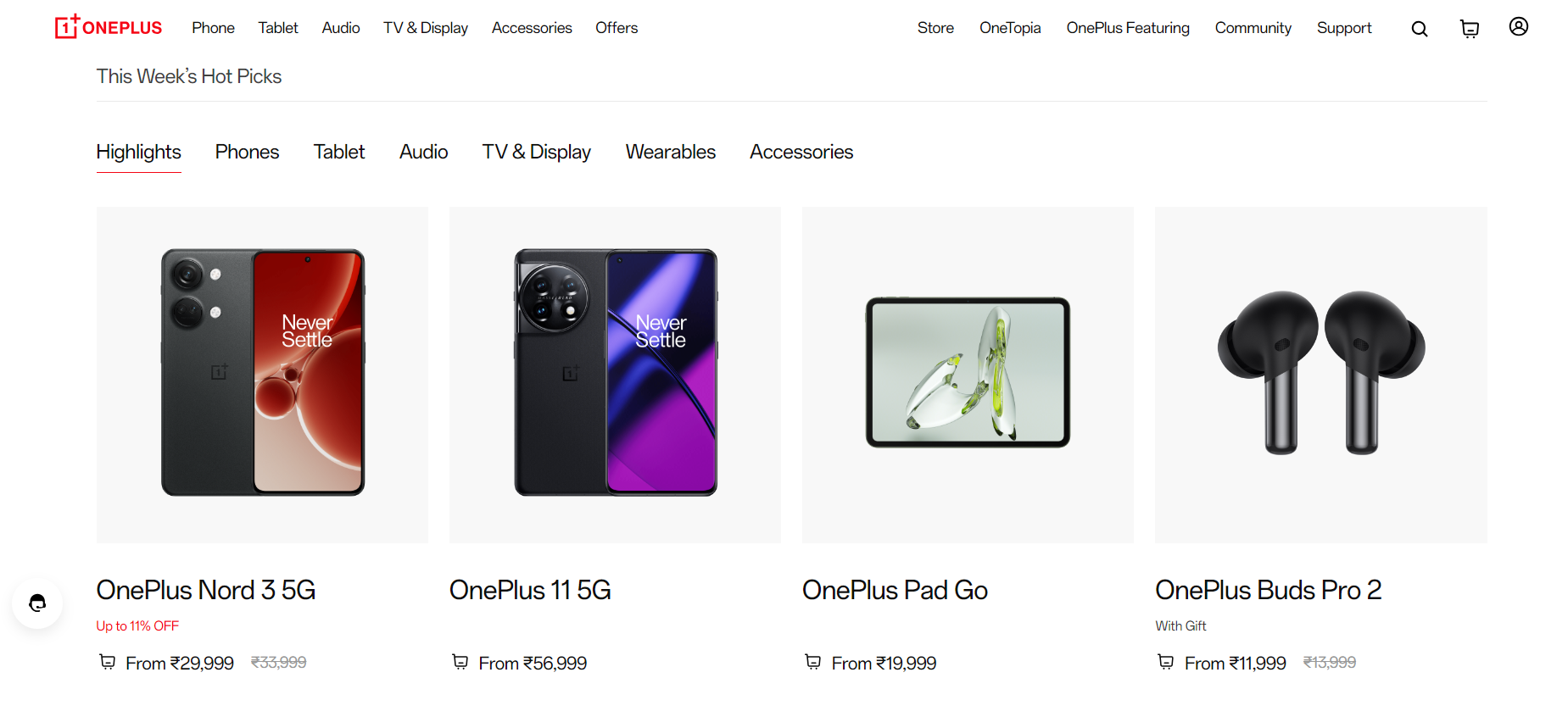
With constant updates and new models, this category is always in demand.
Accessories like cases, chargers, and screen protectors offer high margins and repeat purchase potential.
For instance, brands like OnePlus have gained a strong foothold in the Indian market by offering high-quality smartphones and a wide range of compatible accessories.
Laptops and Computing Devices:
Cater to professionals, students, and gamers with a range of computing solutions.
From lightweight ultrabooks to powerful gaming rigs, there’s a device for every need. Dell’s presence in India, with its extensive range of laptops for various segments, exemplifies the diverse demand in this category.
Audio and Visual Equipment:
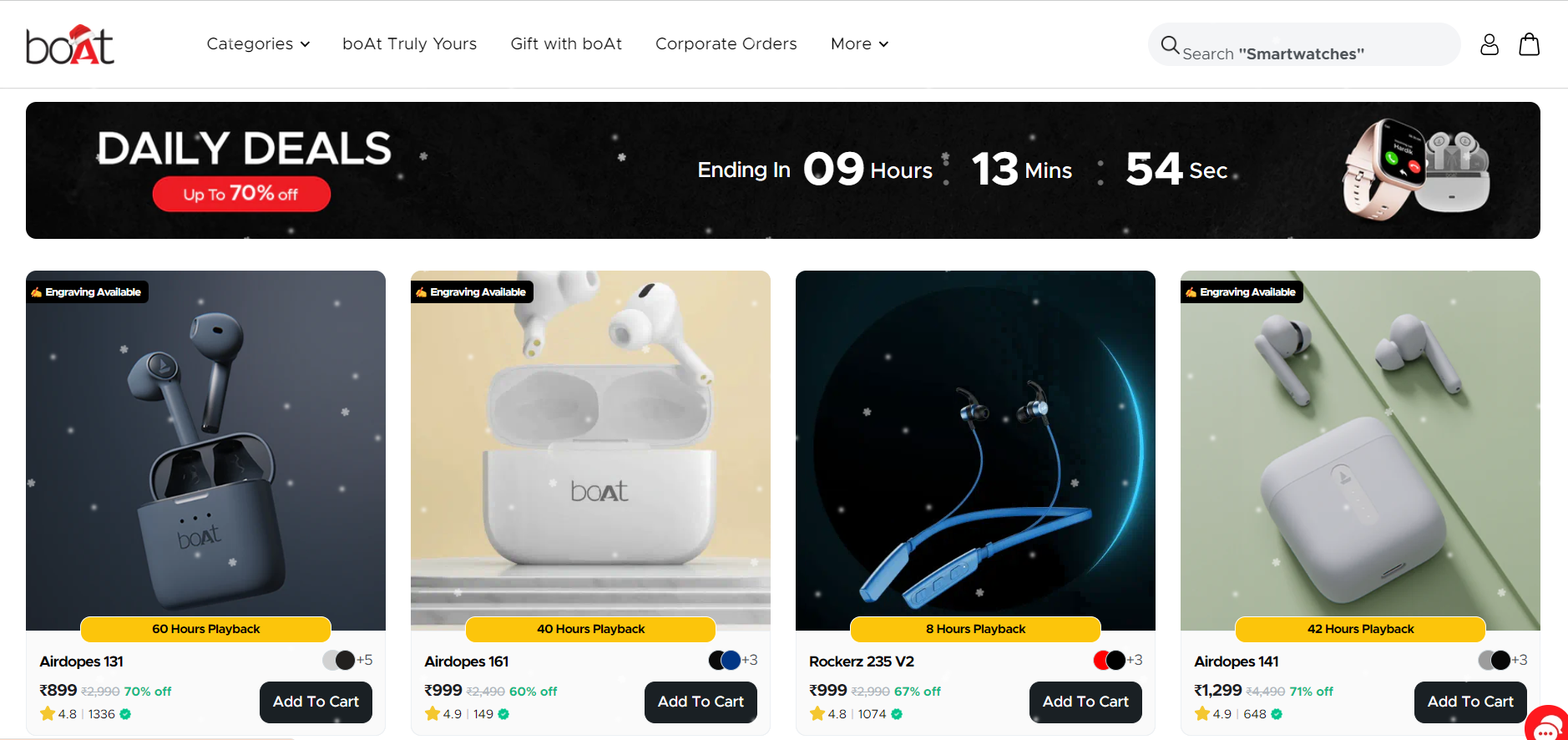
Offer everything from headphones and speakers to home theater systems.
As people seek better home entertainment solutions, high-quality audio devices have become increasingly popular.
Brands like Boat have successfully tapped into the Indian market with their affordable yet high-quality audio products.
Wearable Technology:
Include smartwatches, fitness trackers, and VR headsets in your product lineup.
These gadgets are not just functional; they’re also fashion statements. Companies like Noise have made a mark in India by offering stylish and feature-packed wearables at competitive prices.
Smart Home Devices:
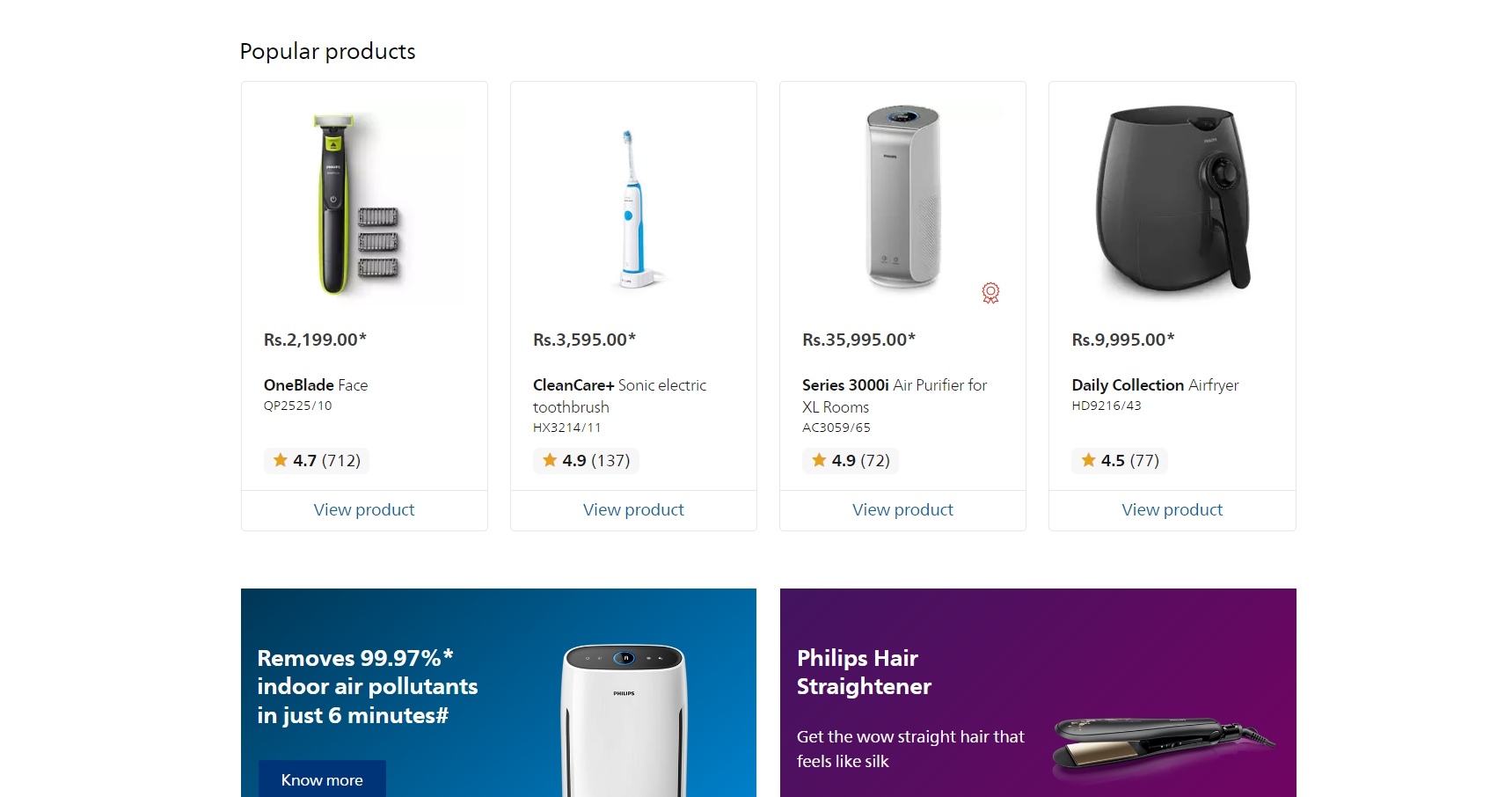
Tap into the growing market for home automation with products like smart lights, thermostats, and security systems.
As homes become smarter, these devices offer convenience and energy savings. Philips Hue’s smart lighting systems, for example, have seen increasing adoption among tech-savvy Indian consumers looking to upgrade their living spaces.
5. Final Thoughts
Launching an online electronics store is a challenging yet rewarding endeavor.
By understanding the market, carefully selecting your products, and creating a customer-friendly online experience, you can tap into the vast potential of the electronics market.
Remember, the key to success is staying adaptable, understanding your customers’ needs, and continually evolving with the market. With passion, dedication, and strategic planning, your online electronics store can thrive in this dynamic and exciting industry.
